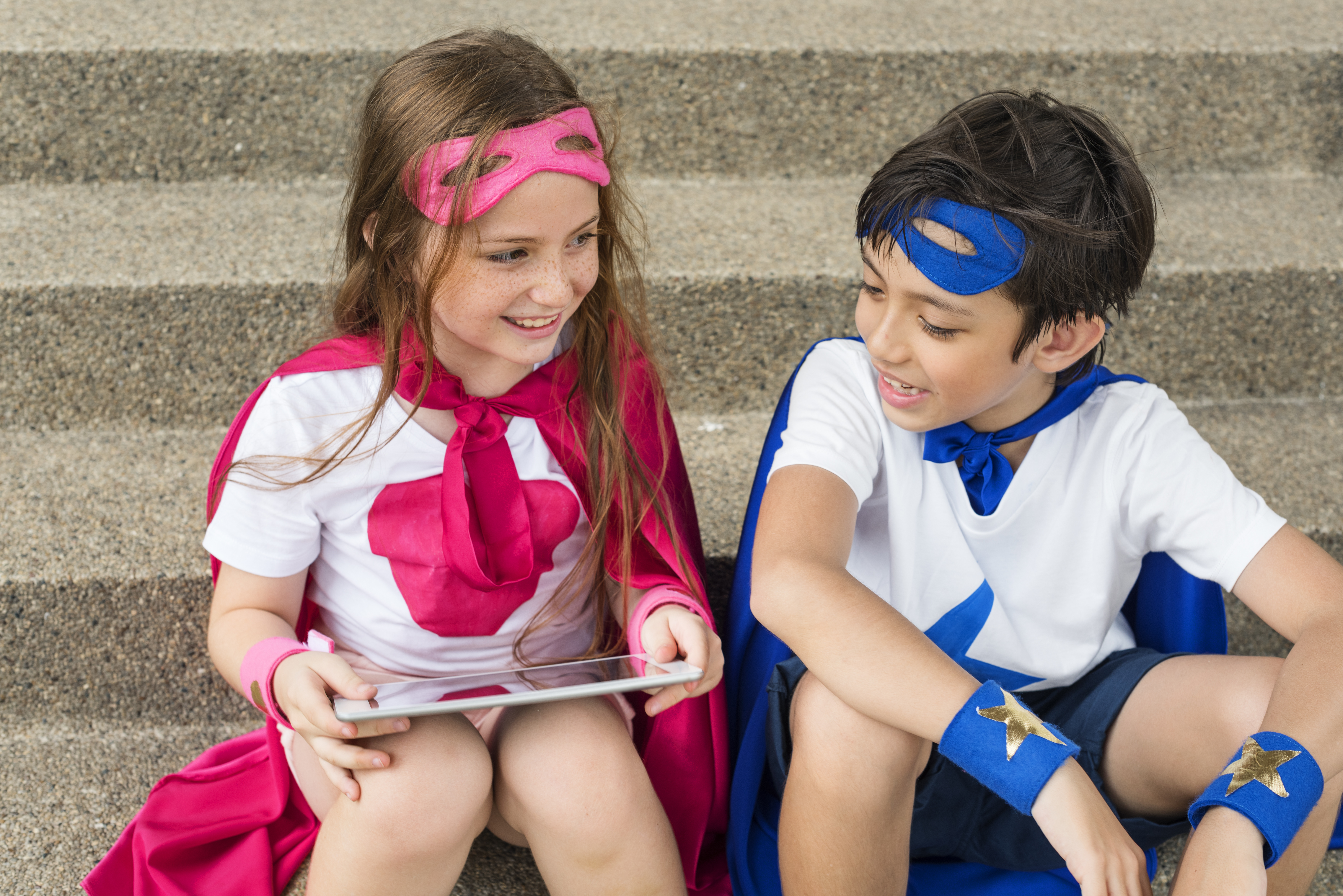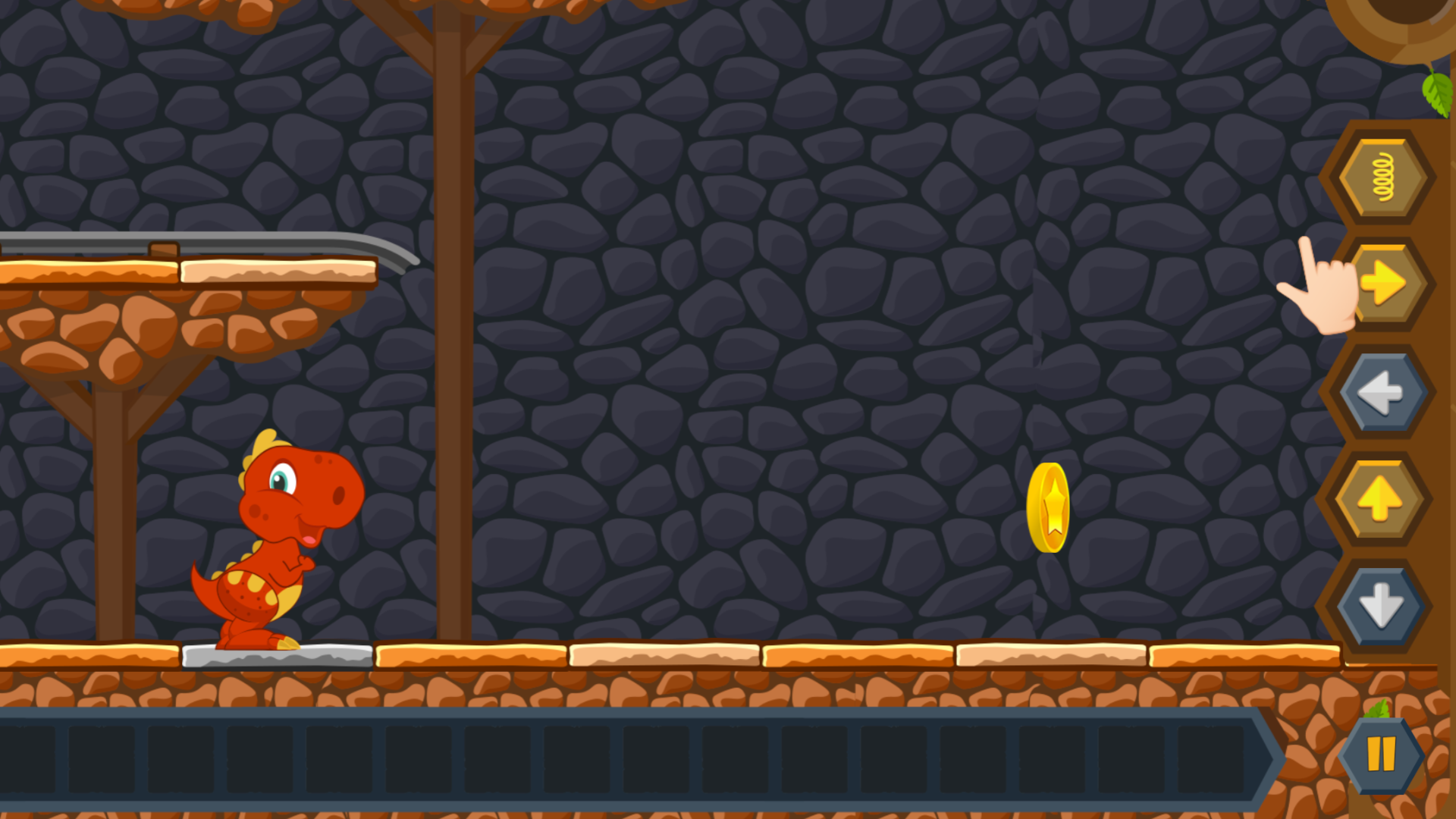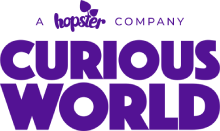
If you’re teaching or raising children in today’s world, you will doubtless have heard that learning to code will be crucial to their future. Despite all the buzz, this idea can seem overwhelming to any parent. After all, you’re not just going to hand your 4-year-old a computer and ask them to create an app. Before embarking on a coding curriculum, there are three essential questions to answer: Why is coding so important? What is coding for kids? And how can we help our kids develop the correct skills early on?
1. Why is coding important?

Coding experts are in high demand.
In 2018, 12 of the 25 fastest growing jobs were computer or mathematics-based. On top of that, many other jobs are expected to rely more heavily on coding skills in the future - including roles in design, healthcare, finance and marketing. Of course, coding courses for adults exist. However, just like learning how to speak a language or play an instrument, it’s much easier when done at an early age.
Coding leads to success in other areas.
Learning to code helps children develop problem-solving techniques they can apply to math, science, reading and even art. This is because programming is not just about writing lines of code - it’s about computational thinking. Simply put, computational thinking is the ability to break a problem down into smaller parts, recognize similarities with other problems, and create a step-by-step solution to solve the problem - fixing errors as you go along. This is a useful skill in any situation, whether you’re launching a rocket into space or deciding how to create the most beautiful flower fairy.
Coding boosts creativity and confidence.
Coding allows children to design their own projects, which they can then show off to family and friends.
Coding is fun and rewarding.
The benefits of learning to code are abundant, but this is probably the most important one. The sheer joy of creating things and solving puzzles makes coding one of the most satisfying activities out there!
2. What is coding for kids?

At the preschool level, coding doesn’t need to involve a computer or learning a programming language. Coming back to this idea of computational thinking, learning to code starts with your approach to everyday activities.
For example, even if your child is not old enough to fully participate in the kitchen, they can play at being the chef/food programmer for the day. They want mac & cheese for dinner? Sure! They can tell you all the steps you’ll need to follow before you start. Ask them what would happen if you stir the pasta into the sauce before cooking it. And what if you added some marshmallows? They’ll find you hilarious and meanwhile, you’ll have taught them about path creation and debugging. Time to high-five yourself for being an awesome parent/genius.
So, what is coding for kids? Really, it’s playing games. Here are a couple more offline coding activities you can enjoy with your preschooler:
Play a wacky card game.
All you need is a deck of playing cards or a memory game. What makes this variant of ‘Go Fish’ or ‘Memory’ special is that you and your child each decide what silly thing the other person will do if you get a pair. This is a unique exercise in implementing if/then statements. For example, you could start with ‘If I get a pair, you show me one of your best dance moves.’ As you pair on, you are playing the role of a computer programmer by looking out for very specific ‘if’ criteria (one of you making a pair) that will determine the output (the other person doing something wacky).
Make some patterns.
For this activity, you will need two types of stickers: let’s say blue stickers and red stickers. First, get your child used to the idea of patterns by asking her if she can copy simple patterns like ‘blue - red - blue’ or ‘red - blue - blue - red’. When she becomes familiar with copying and continuing patterns, try matching a pattern to each letter of her name. If ‘e’ is ‘blue-red-blue’ and ‘m’ is ‘red - blue - blue -red’, how could she spell ‘Emma’? Oh, look, you’ve done a text to binary conversion. 😎
3. How you can teach coding with Curious World

While offline coding activities are fantastic, it’s also important for young kids to understand how to use technology. That’s why at Curious World, we’ve launched a new series of bite-sized coding materials. Developed with the help of an expert in mechanical engineering, our new coding games will help your kids become confident problem-solvers, mathematicians and communicators. Here’s what you can expect:
Robot Maze
This enthralling game introduces young children to the concept of strategic thinking to achieve a goal. As they navigate the robot to its power source, kids will learn about basic directions and path creation - both crucial digital literacy skills.
Codesaurus
It’s time to level up! Dizzy the Dino needs to collect all the coins in the mineshaft so she can get back out. Building on the skills they have picked up from Robot Maze, kids will now need to plan their whole sequence in advance, and remove any unnecessary steps.
Logic Laps
To help Cody the Car get around the race track, your child will have to put the directions back into the correct order. If they make a mistake, no problem! They will be shown exactly which step they went wrong on and be prompted to try again - an exercise in debugging and perseverance.
Enjoy the coding adventure!
Discover our full range of coding games & books and much more in Curious World. Sign up today with code CW_20 for 20% off your first year!





